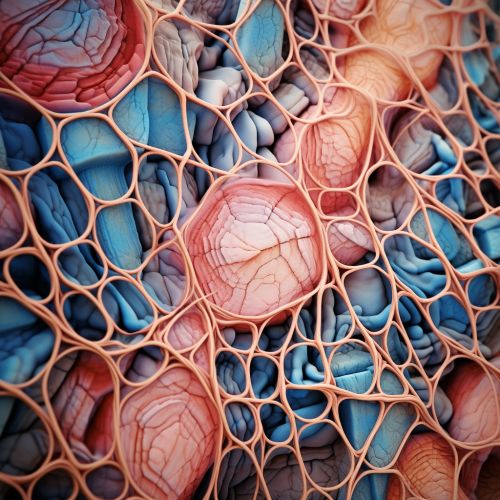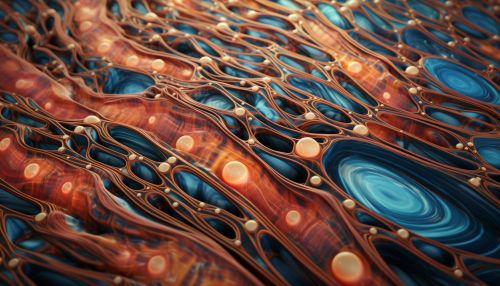Mechanisms of Muscle Regeneration
Introduction
Muscle regeneration is a complex biological process that involves the repair and growth of muscle tissues. This process is vital for maintaining muscle function and strength, especially after injury or disease. Muscle regeneration involves a series of coordinated events, including the activation of satellite cells, proliferation, differentiation, and fusion to form new muscle fibers. This article will delve into the intricate mechanisms of muscle regeneration, providing a comprehensive understanding of this fascinating biological process.
Satellite Cells and Muscle Regeneration


Satellite cells are a type of stem cell found in skeletal muscles. They play a crucial role in muscle regeneration, as they are responsible for the repair and growth of muscle fibers. Satellite cells are located between the basal lamina and the sarcolemma of muscle fibers, where they remain in a quiescent state until activated by muscle injury or disease. Upon activation, satellite cells proliferate and differentiate into myoblasts, which then fuse to form new muscle fibers or repair damaged ones.
Activation of Satellite Cells
The activation of satellite cells is a critical first step in muscle regeneration. This process is triggered by various signals, including mechanical stress, inflammation, and growth factors. Mechanical stress, such as that caused by muscle injury or exercise, leads to the release of growth factors like Insulin-like Growth Factor 1 (IGF-1) and Fibroblast Growth Factor (FGF). These growth factors bind to receptors on the surface of satellite cells, initiating a cascade of intracellular events that result in the activation of these cells.
Proliferation and Differentiation of Satellite Cells
Once activated, satellite cells begin to proliferate, or multiply, to increase their numbers. This proliferation is regulated by various factors, including growth factors and cytokines. After proliferation, satellite cells undergo differentiation, a process in which they become specialized muscle cells, or myoblasts. This differentiation process is regulated by a group of proteins known as myogenic regulatory factors (MRFs), which include MyoD, Myf5, myogenin, and MRF4. These MRFs bind to specific DNA sequences in the satellite cells, activating genes that drive the differentiation process.
Formation of New Muscle Fibers


The newly formed myoblasts then fuse together to form new muscle fibers, or myotubes. This fusion process is mediated by a group of proteins known as myomaker and myomerger. Myomaker is expressed on the surface of myoblasts and initiates the fusion process, while myomerger is required for the completion of the fusion process. The resulting myotubes contain multiple nuclei, which are derived from the fused myoblasts. These myotubes eventually mature into functional muscle fibers, completing the muscle regeneration process.
Regulation of Muscle Regeneration
Muscle regeneration is a tightly regulated process, with various factors controlling each stage of the process. These factors include growth factors, cytokines, and transcription factors. Growth factors like IGF-1 and FGF stimulate the activation and proliferation of satellite cells, while cytokines such as Interleukin-6 (IL-6) and Tumor Necrosis Factor-alpha (TNF-alpha) regulate inflammation and immune responses during muscle regeneration. Transcription factors like MRFs control the differentiation of satellite cells into myoblasts and the formation of new muscle fibers.
Implications in Disease and Therapy
Understanding the mechanisms of muscle regeneration has important implications in the treatment of muscle diseases and injuries. For instance, in conditions like muscular dystrophy, where muscle tissue is progressively lost, therapies that enhance muscle regeneration could potentially slow disease progression and improve muscle function. Moreover, strategies to enhance muscle regeneration could also aid in the recovery from muscle injuries, such as those sustained in sports or accidents.
